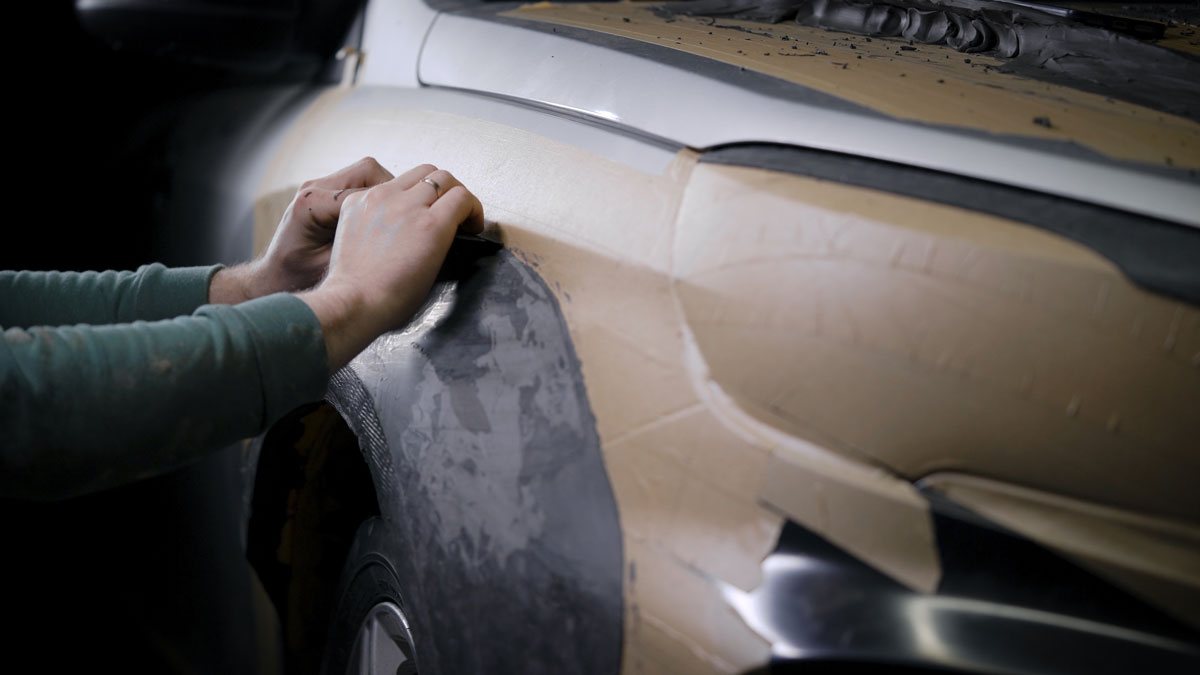Remote work arrangements have been widely and rapidly adopted by companies in virtually every industry sector. In the case of designers, working from home has its advantages, but it also presents challenges. How can these challenges be overcome and what role does virtual reality play in all this? If you’re a designer working from home, keep reading to find the answers.

© Chaosamran_Studio / Stock.adobe.com
Rising To The Challenges Of Being A Designer Working From Home
Work practices have undergone a vast transformation during the past year, mainly due to the large-scale implementation of remote work arrangements. The design industry is no exception to that shift, to the point that the concept of working from home is now being presented as “homing from workâ€.
Making our homes the central point of our lives has personal and professional advantages. According to 2021 data, nearly 80 % of professionals who work from home cite higher productivity as one of the main benefits. Remote work also eliminates the need and expenses associated with commuting, which gives designers more time to focus on the job at hand.
However, the quick shift towards remote work also comes with challenges. Like other professionals who now work remotely, a designer working from home report increased stress. And as telework becomes more popular, new challenges continue to emerge. For example, in a survey of 300+ designers, the findings highlighted that the freedom involved in remote work is often curbed by some unavoidable compromises, such as:
- Communication and collaboration challenges due to the difficulties involved in replicating impromptu conversations. What previously was resolved with a quick walk to a colleague’s desk, now requires a drawn-out exchange of emails and chat messages. The lack of physical immediacy can create obstacles to brainstorming, ideation, and iteration.
- Untimely feedback can also interfere with the design process. Designers who work from home lack direct visual references about what other teammates are working on. Not knowing what others are doing raises questions about how much work is enough and what exactly is good enough. When faced with this uncertainty, it’s common for designers to err on the side of caution, which can easily lead to being overworked.
- The lack of tools needed to support every stage of the design process. Building clay models that need a lot of space, that produce a lot of dirty and sticky waste and that need special tools is not realistic in a domestic environment. Even more so when full-size designs are needed to determine if a design is production-feasible. In a traditional design process, remote work and at the same time evaluating the three-dimensionality of the design is difficult to achieve.
Moreover, designing from home raises concerns over intellectual property rights. For instance, sketches can’t simply be digitized using personal scanners or smartphones. Because work-from-home arrangements have been implemented at short notice, many companies lack secure systems and their work process is fragmented.
How Does Remote Work Fit Within The Predominant Organizational Paradigm?
By virtue of its nature, design is a profession that lends itself well to the implementation of work-from-home arrangements. In fact, it could be said that remote work is the natural habitat of a designer, since ideation skills are best developed in environments that foster free thinking and individual creativity.
Unsurprisingly, in many design careers remote work is the norm during training. Design education is typically created around self-managed learning environments. Similarly, design students are often evaluated on the basis of their portfolio and of the skills developed while working without supervision. If you’re a designer, you know that employers place enormous value on fresh individual perspectives, as they are often pivotal on bringing innovation to products, services, and brands.
However, the freedom to ideate without location constraints becomes more of a theoretical concept once a designer joins the workforce. Innovation still matters, but organizational settings often require a compromise between individual and collective vision ‘ and the balance tends to shift towards the collective.
So the question is: is the freedom associated with remote work compatible with organizational culture as we know it? In theory, switching to remote work should be as simple as taking the drawing board home. But in practice, some organizations (and especially OEMs) are reluctant to decentralize their work environment. This can be due to:
- The assumption that optimal productivity requires the physical presence of employees.
- The belief that remote work comes into conflict with established organizational hierarchies, which in some cases are deeply embedded in a company’s ethos.
- The concern over possible security breaches or the added difficulties involved in upholding corporate security guidelines from a home environment.
So how can the design industry move forward in this scenario?
VR Technology: A Breakthrough For Designers Working From Home
VR technology is far from new, but its scope and potential are still largely undiscovered. Virtual reality tools can bring major breakthroughs to the design industry and alleviate some of the friction points that result from remote work arrangements. At flyingshapes we see this potential across the following areas:
- VR can enhance collaboration and dissolve physical boundaries, as VR environments become amplified design studios and single meeting points.
- VR tech can transform our perception of the design process, since it renders partial-scale models irrelevant. With the right technology, designers can always present their work in full detail and in full size.
- Fully digitized processes allow a new level of data security – designers can work from home while the data is stored securely on the enterprise servers.
But for this to become a reality, it’s important that design companies explore ways of future-proofing their entire approach to design. This means not only adopting VR technology, but also establishing the common ground between analogue and digital processes, between conventional problems and innovative tech.
It’s also essential that VR and its application to remote work isn’t seen as a threat to organizational hierarchy, but rather as an enabler of real interaction, collaboration, and innovation irrespective of job titles and seniority. Only this can help materialize the full potential of VR in the design industry.
Looking ahead, the smart and strategic use of VR tech could lead to a clear differentiation among brands. Those who can incorporate digital processes into their remote operations are more likely to gain a competitive advantage, and the first company to unlock the full potential of VR in design will have the upper hand on the market. Not only that, but we believe trailblazers will permanently change the field of design as we know it.
Conclusion
If you’re a designer working from home, we encourage you to consider the impact of VR in helping you rise to the challenges outlined in this article. And the same goes for those in management positions. Now is the time to explore how remote work and VR environments can solidify your company’s collective vision while driving innovation, creativity and motivation.


